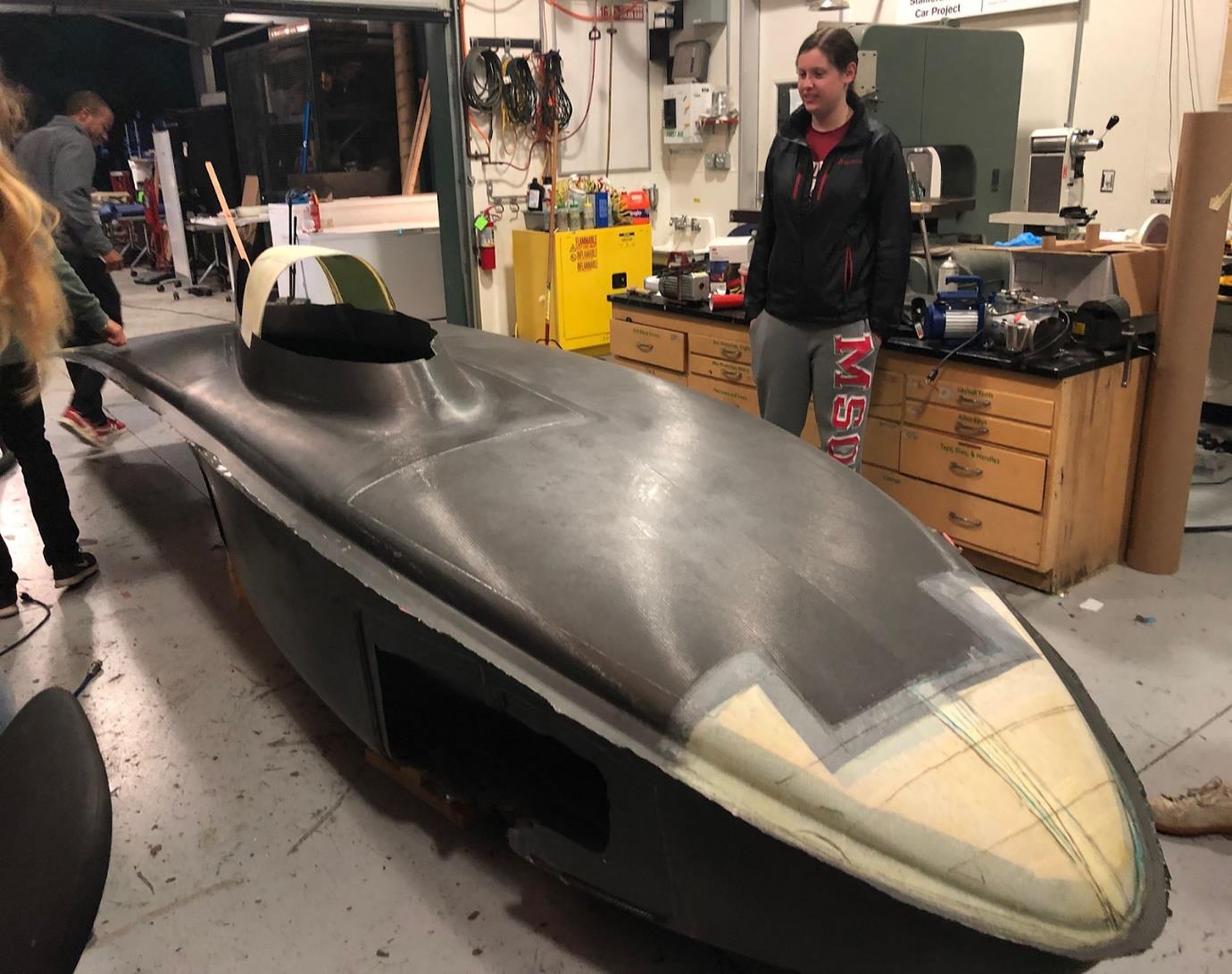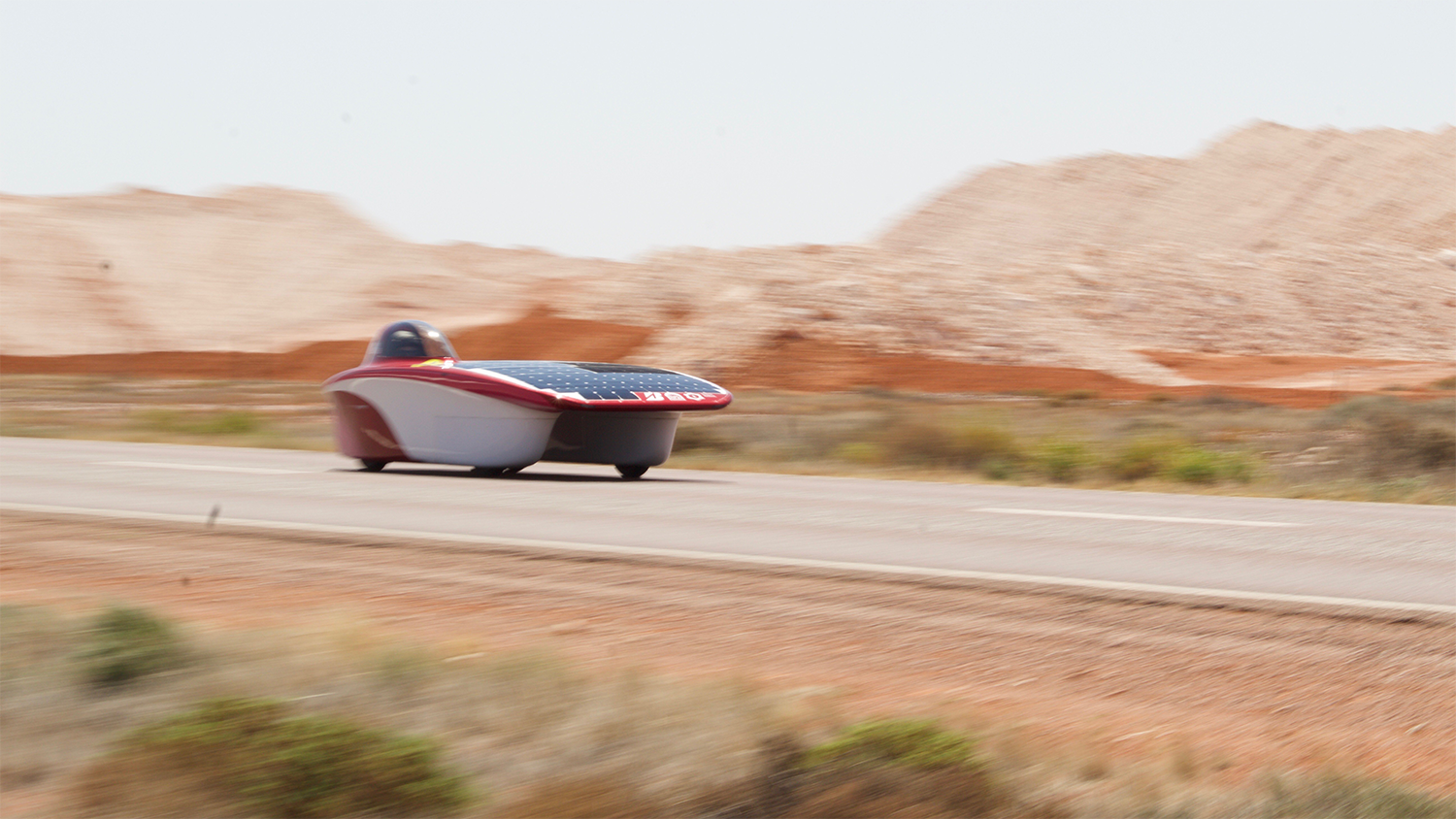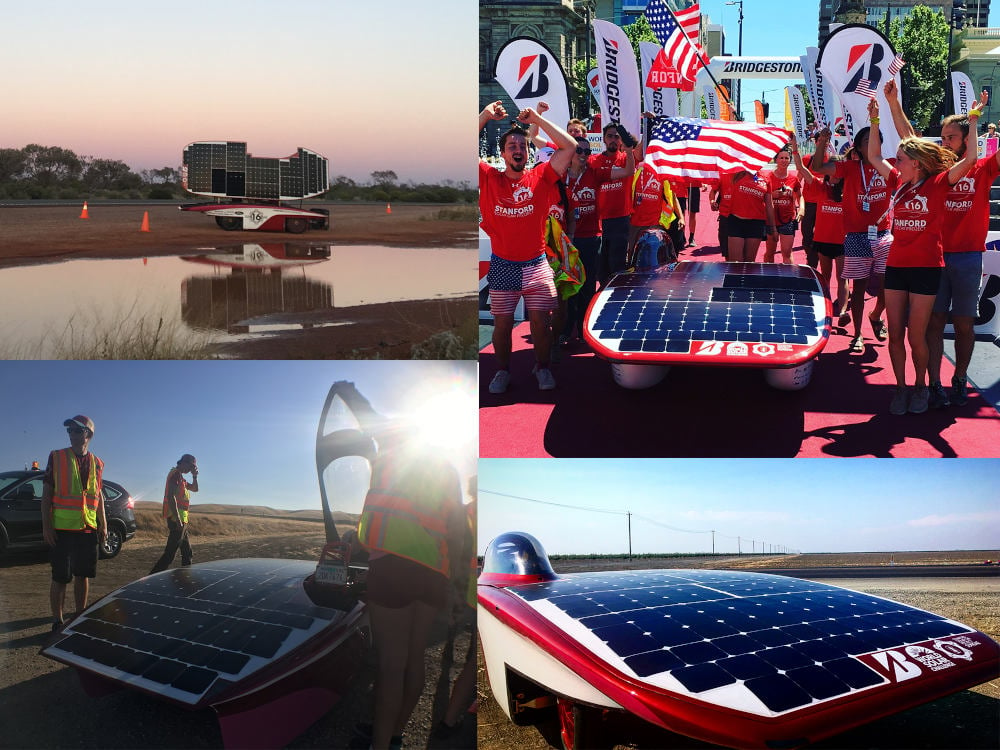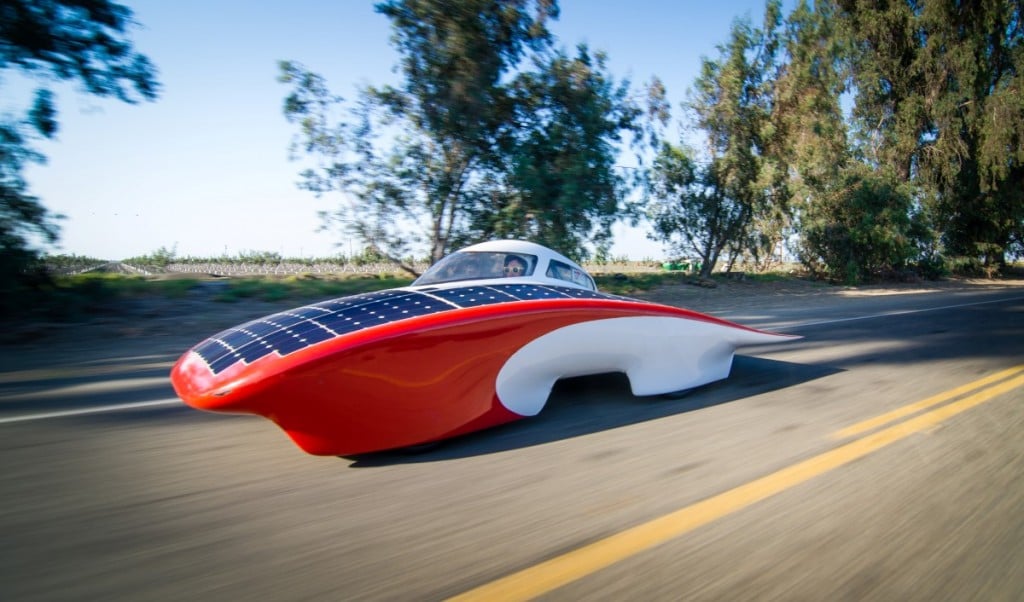IAR and Stanford Solar Car Project
The team has been using IAR Embedded Workbench for serveral years in their World Solar Challenge project.

Stanford Solar Car Project Update 2017-2019
IAR and SSCP:
Founded in 1989, the Stanford Solar Car Project (SSCP) is a primarily undergraduate team of students who design, build, and test a solar-powered electric vehicle every two years. At the end of each development cycle, the team enters and races the car in the World Solar Challenge. The World Solar Challenge is a 3000 km race across the Australian outback that brings together teams from over 30 different countries, all in the name of pushing the limits of solar powered vehicles and spurring technological innovation. For the past three cycles, IAR Systems has partnered with SSCP, providing the team access to top-of-the-line IAR Embedded Workbench, development tools that have propelled us across the outback time and time again.
The systems on the past three cars were all written, debugged, and tested with the assistance of IAR Embedded Workbench. IAR ties with STMicroelectronics have further motivated the use of IAR Embedded Workbench as the team’s tool suite of choice, as systems in the past three cars have all used the STM32 family of microcontrollers and members have written the code for them using a combination of FreeRTOS and their own custom libraries. Over past cycles, the electrical system of the car has changed drastically, shifting from a more distributed system of multiple PCBs to a more consolidated one, with one board (the vehicle computer) serving as the brain of our car, sending control signals and monitoring safety-critical aspects of our system.
Our vehicle computer, steering wheel, and battery management system (BMS) all use the STM32 F4 processors to manage everything from the lights, to the brakes, to safety critical sensing and isolation requirements on the BMS. Speaking about IAR Embedded Workbench, third-year electrical engineering major Ricardo Iglesias said “The power of IAR Embedded Workbench comes in part due its extensive IDE capabilities. The ability to quickly analyze source code that IAR provides is instrumental in the development of our embedded code, to say nothing of its seamless integration with the STM32 F4s.”


2019 Board Development:
Given the short design cycle and the safety critical nature of the software in the car, the ease-of-use of IAR Embedded Workbench has been integral to the team's ability to tackle engineering problems. Sophomore computer science major Daniel Guillen noted that the intuitive design helped his onboarding process to go smoothly. Guillen stated, “The ease of navigation really adds up when you are working on a complex codebase. It was easy to jump onboard and quickly start contributing with IAR Embedded Workbench.”
The team is now well on its way with preparations for a successful showing at WSC 2019. Students spend nights and weekends at the shop, and code team efforts are currently focused on programming the steering wheel and vehicle computer boards. Electrical team members very recently shipped out the latest revision of the Battery Management System (BMS), a board where a variety of safety-critical software and hardware checks are key to its operation. Students use IAR Embedded Workbench to work with all of these boards. Currently, the team’s libraries are divided into three main groups: third-party embedded libraries (which include the FreeRTOS operating system), in-house developed libraries and drivers for CAN, SPI, and Ethernet, and libraries for board-specific logic. IAR Systems has made the development and use of these libraries go smoothly with its convenient interface for organizing files.
 Sneak Peak: An aggressive bullet car design
Sneak Peak: An aggressive bullet car design
Previous cars have all featured a two fairing catamaran design, but the 2019 car will consist of a single fairing bullet car; the narrowest and most aggressive design in the history of SSCP. In addition to an ambitious aerodynamic design, the code and electrical team has added new sensors to the vehicle computer, new controllers for the lights, created a new hand-controlled throttle, and has made alterations to the start-up logic of the BMS. Though the look of the 2019 car is markedly different than those from previous cycles, the culture of SSCP is still strongly centered on the spirit of innovation and collaboration that it started out with in 1989. The combination of the dedication and creativity of the students of SSCP and sponsorships from industry leaders such as IAR Systems continues to propel the team across the Australian outback.